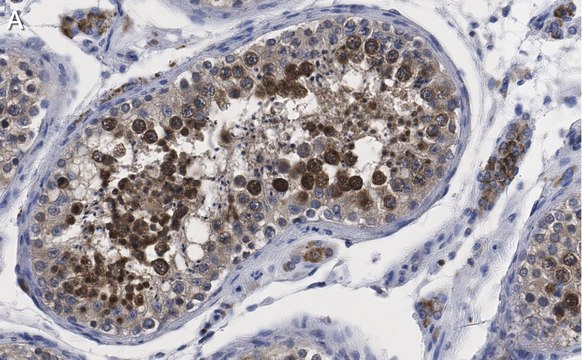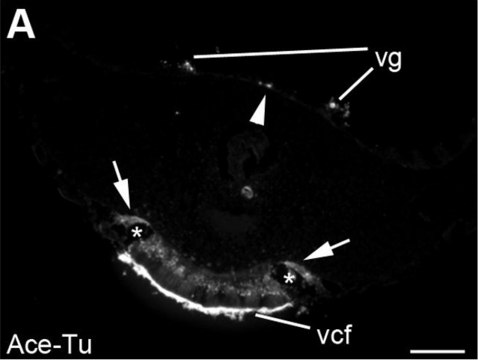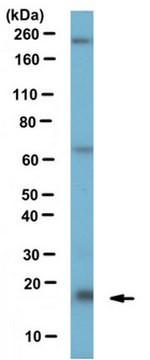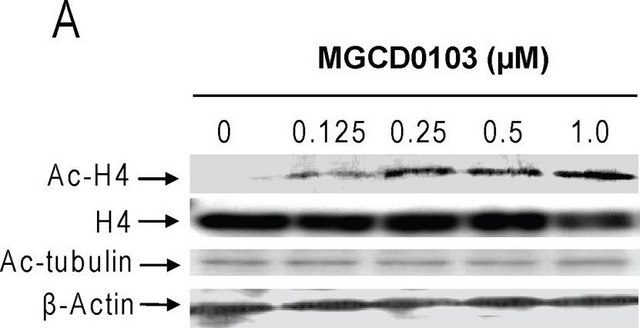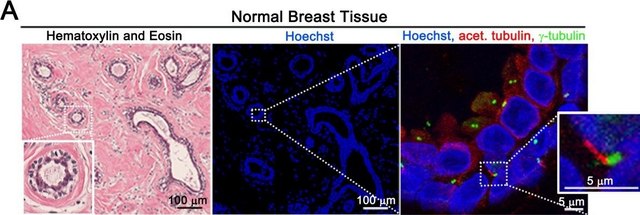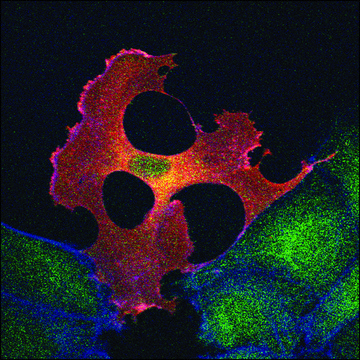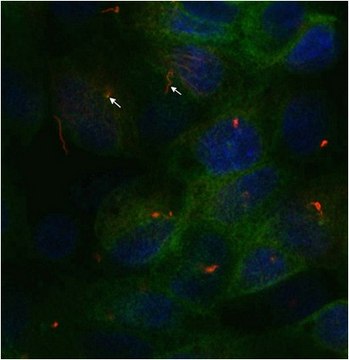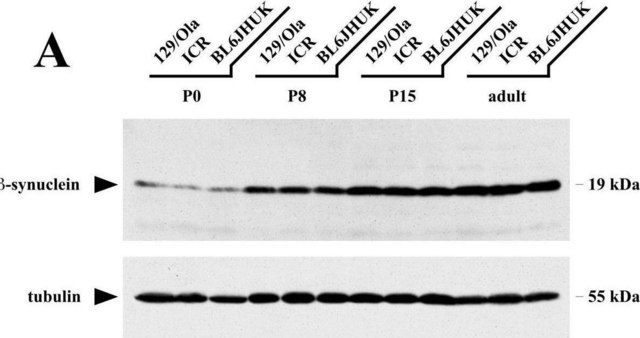C7736
Anti-Centrin antibody produced in rabbit
affinity isolated antibody, buffered aqueous solution
Synonym(s):
Anti-CEN1, Anti-CETN
About This Item
Recommended Products
biological source
rabbit
Quality Level
conjugate
unconjugated
antibody form
affinity isolated antibody
antibody product type
primary antibodies
clone
polyclonal
form
buffered aqueous solution
mol wt
antigen 21 kDa
species reactivity
human
technique(s)
microarray: suitable
western blot: 1:2,000 using 293-T exp.Hu.Centrin-1LY117608 or 293-T exp.Hu.Centrin1-FLAG LY401316
UniProt accession no.
shipped in
dry ice
storage temp.
−20°C
target post-translational modification
unmodified
Gene Information
human ... CETN1(1068)
General description
Three separate centrin genes have been identified in human cells: centrin 1, 2, and 3. Centrin 1 shows strong amino acid homology to centrin 2 (85%), but lower homology to centrin 3 (54%) and CDC31 (50%) from the yeast S. cerevisiae. Centrin has a fundamental role in the MTOC structure and function. Phenotypic analysis of mutants in Chlamydomonas caltractin and the yeast CDC31 genes have indicated that the protein is required for proper duplication and segregation of the MTOC in the respective cells.
Immunogen
Application
- immunofluorescence
- immunoblotting
- immunofluorescence microscopy
Biochem/physiol Actions
Physical form
Disclaimer
Not finding the right product?
Try our Product Selector Tool.
recommended
Storage Class Code
10 - Combustible liquids
WGK
WGK 2
Flash Point(F)
Not applicable
Flash Point(C)
Not applicable
Regulatory Information
Choose from one of the most recent versions:
Certificates of Analysis (COA)
Don't see the Right Version?
If you require a particular version, you can look up a specific certificate by the Lot or Batch number.
Already Own This Product?
Find documentation for the products that you have recently purchased in the Document Library.
Our team of scientists has experience in all areas of research including Life Science, Material Science, Chemical Synthesis, Chromatography, Analytical and many others.
Contact Technical Service
